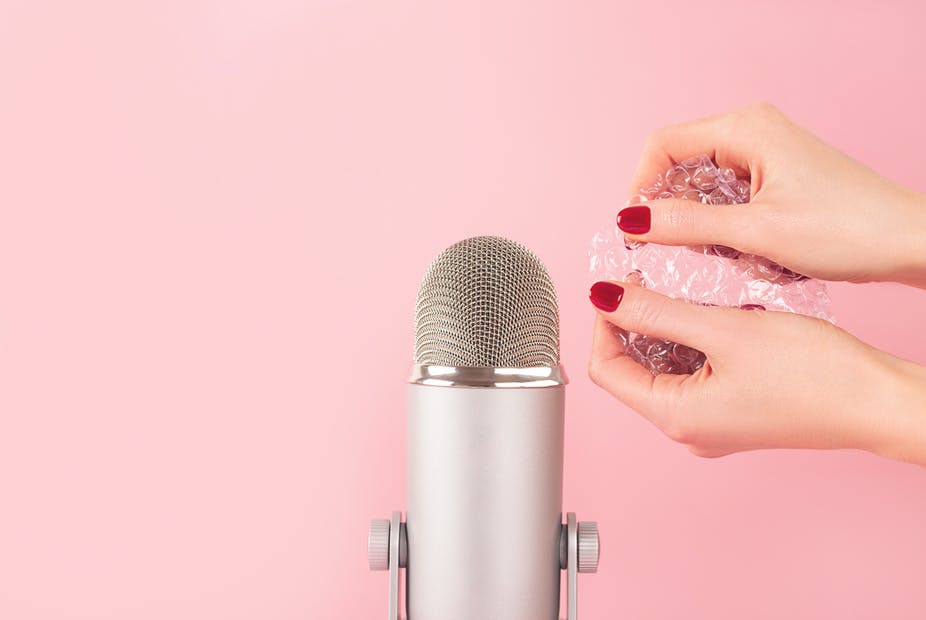ASMR.
You either love it, or you hate it.
And I know that most people are already cringing at the thought of it, but here’s why I believe you should give it a chance.Â
Let me fill you in on what exactly ASMR is. ASMR stands for Autonomous Sensory Meridian Response. This is just a fancy way of describing the tingling feeling you get in your head that travels throughout the body.Â
ASMR has been linked to positive brain reactions. Studies have shown that subjects exposed to ASMR videos reported improved moods, increased relaxation and, in some cases, physical pain was eased.Â
Most people have experienced this response at some point in their life. If you’ve ever had goosebumps, you’re experiencing a result of ASMR.Â
If you’ve been on the internet, you’ve most likely come across an ASMR video, whether you liked it or not. When most people think of ASMR, they think of a woman alone in a dark room whispering nonsense into a microphone. While that is a very real part of the community, it’s not the only content.Â
ASMR comes in a variety of different genres, so there is bound to be something that fits your style. If the thought of someone whispering in your ear activates your fight response (like me), there are plenty more options to choose from.Â
Around 2016, videos of people slicing through bricks of Kinetic Sand were going viral. The sound of the knife gliding through the sand pieces is music to my ears.
https://www.youtube.com/watch?v=A9dio-8maY8
If that isn’t something you might enjoy, I’d suggest another favorite of mine, which is unintentional ASMR. This genre is exactly what it sounds like. Videos that were not originally meant to be ASMR, but end up giving viewers that reaction.
If you’ve ever been relaxed by a Bob Ross tutorial, then you’ve watched unintentional ASMR. Many of the videos in this category are soft-spoken interviews, educational material, and much more.
So, back to the science. ASMR is still a very new phenomenon as the first official ASMR video was posted on YouTube in 2009.Â
Since then, ASMR has exploded on the internet, and has generated thousands of creators and millions of viewers.Â
According to a study conducted in 2015, some participants found that experiencing ASMR helped relieve moods associated with depression and anxiety. It was also noted that this experience also helped reduce chronic pain.Â
A 2018 study found that ASMR can actually slow the heart rate. This study also recorded the number of triggers people experienced while watching a variety of videos.
The most common trigger among participants was people speaking softly and getting their hair played with or brushed. The least common trigger was observing/listening to someone eating.
I know that life can be incredibly overwhelming, and it can be hard to find ways to slow down and relax. I feel that one of the easiest ways to try to look after yourself would be listening to ASMR. I’ve been listening for years and I cannot explain how much it’s helped me, especially in the past year.Â
If you are going to take anything from this article, please remember, no matter what you’re going through, it’s important to put yourself and your health first. Try something new, take a moment to find a comfy spot, clear your head, and scroll through some ASMR videos.
It may just change your life.Â















